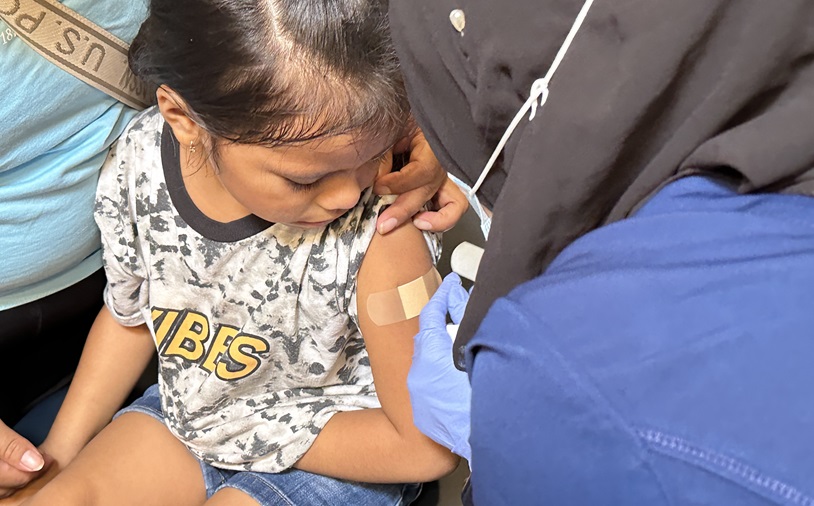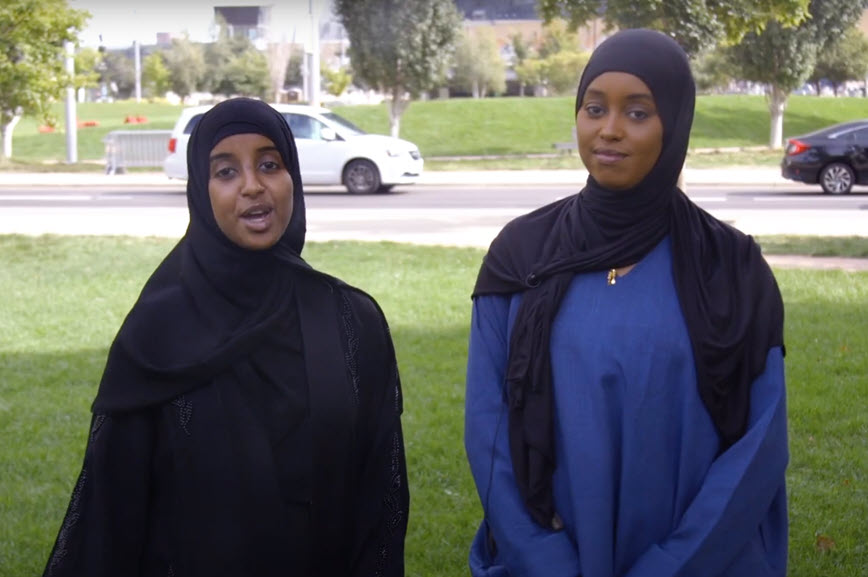Find out about measles, its symptoms, and how to protect your family.
Measles
Measles is more than just a rash. It’s a highly contagious virus.
What to know

Definition and symptoms
Definition
Measles can lead to serious illness, hospitalization or even death.
- Just one person can infect between 12 to 18 unvaccinated close contacts.
- It spreads through coughing, sneezing and germs that linger in the air.
- The virus can stay in the air for up to two hours after an infected person has left. This makes it easy to catch.
- Measles can be very dangerous for kids, pregnant women and older adults. These groups are more likely to have serious health issues.
Symptoms
Symptoms typically appear 7 to 14 days after exposure and can include:
- High fever
- Cough
- Runny nose
- Red, watery eyes
- Ear infection
- Diarrhea
- A rash that usually starts on the head and spreads downward
If you or your child have symptoms, contact your health care provider immediately.
Quarantine requirements
If exposed to the measles and unvaccinated, you must stay home and avoid others for 21 days.
This can result in missing:
- School
- Social and family events
- Work
- Vacations
Protect yourself and your family from measles
Measles, Mumps, and Rubella (MMR) vaccine
All children should receive two doses of the MMR vaccine.
- The first dose should be given between 12 and 15 months.
- The second dose should be given between 4 and 6 years old.
- It can be given earlier, as long as it’s 28 days apart.
- Adults who lack immunity should get at least one dose of the MMR vaccine.
- Adults at a higher risk should get two doses, 28 days apart.
Do not wait. Protect yourself and your family by getting the MMR vaccine.
Vaccine guidelines and free clinics
Related resources
Contact us
Minneapolis Health Department
Phone
Address
Public Service Building
505 Fourth Ave. S., Room 520
Minneapolis, MN 55415



